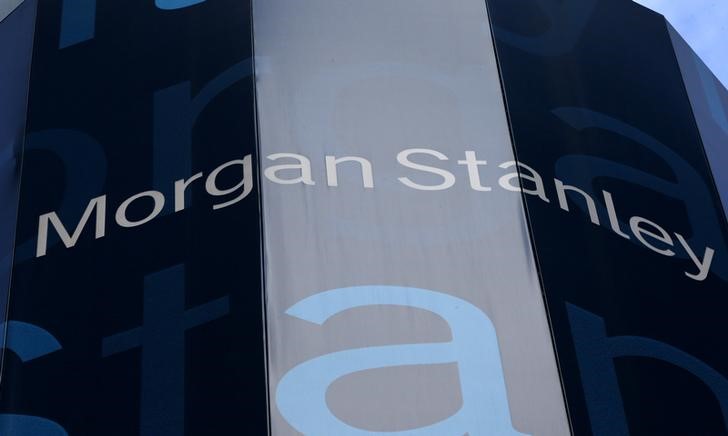What is gold’s rally signaling about the global economy? Barclays weighs in.
Investing.com -- Morgan Stanley said in a note Wednesday that it believes the market reaction to DeepSeek’s launch was excessive, presenting a buying opportunity for GE Vernova and Bloom Energy (NYSE:BE).
Both stocks fell by over 20% following the release of DeepSeek’s AI model, but Morgan Stanley (NYSE:MS) argues that the practical implications for AI power demand are far more limited than the stock sell-off suggests.
“While the pull-back was extreme, we recognize that both stocks have outperformed significantly on the back of a strong AI-driven power demand outlook,” said the bank.
The concern stems from DeepSeek’s claim of achieving OpenAI-level performance at significantly lower costs, raising questions about data center power demand.
However, Morgan Stanley emphasizes that 75% of projected U.S. AI power demand comes from inference rather than training, and as AI models become more efficient, total inference demand may actually increase, not decline—a phenomenon known as Jevons Paradox.
Moreover, AI is said to be only one piece of the broader power demand story.
“GE Vernova has been seeing record levels of demand for its gas turbine and grid equipment business due to growing global power demand,” said the bank. “The drivers for this demand include Vision 2030 in Saudi Arabia, replacement of coal-fired generation in China, manufacturing demand in Taiwan and South Korea, and grid stability in Germany, just to name a few.”
Meanwhile, Bloom Energy’s fuel cell demand extends beyond AI-driven data centers, with only 25% of its fleet currently used for AI workloads.
Morgan Stanley raised its price target for GEV to $400, citing continued demand for large-scale natural gas-fired power plants.
The firm also maintains a $28 target for BE, highlighting its recent 1,000 MW supply deal with AEP as evidence of strong long-term growth potential.
Despite near-term volatility, both companies are seen as well-positioned to benefit from secular trends in power demand and grid investment.
